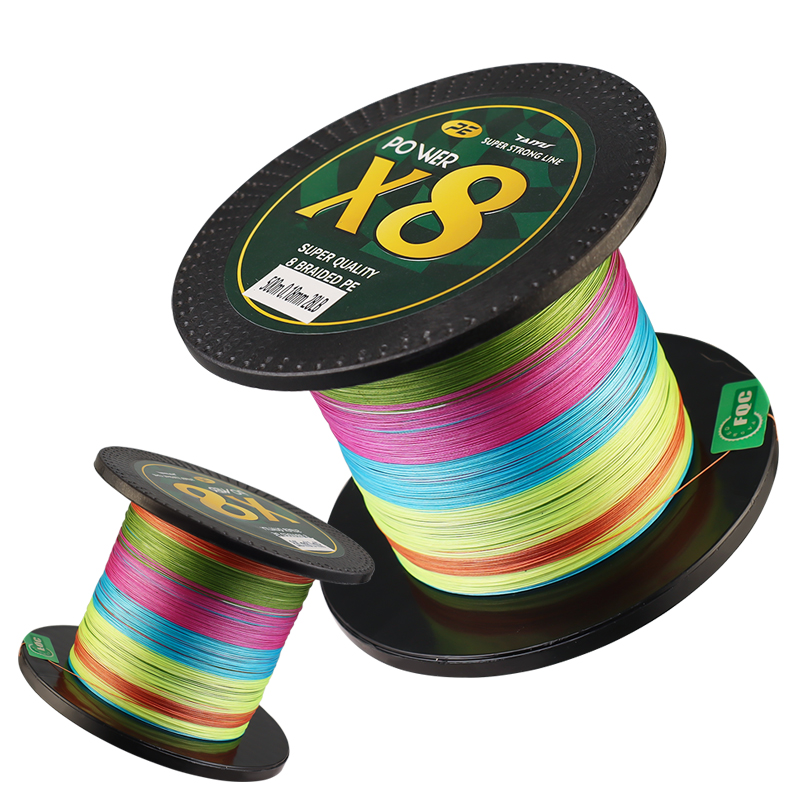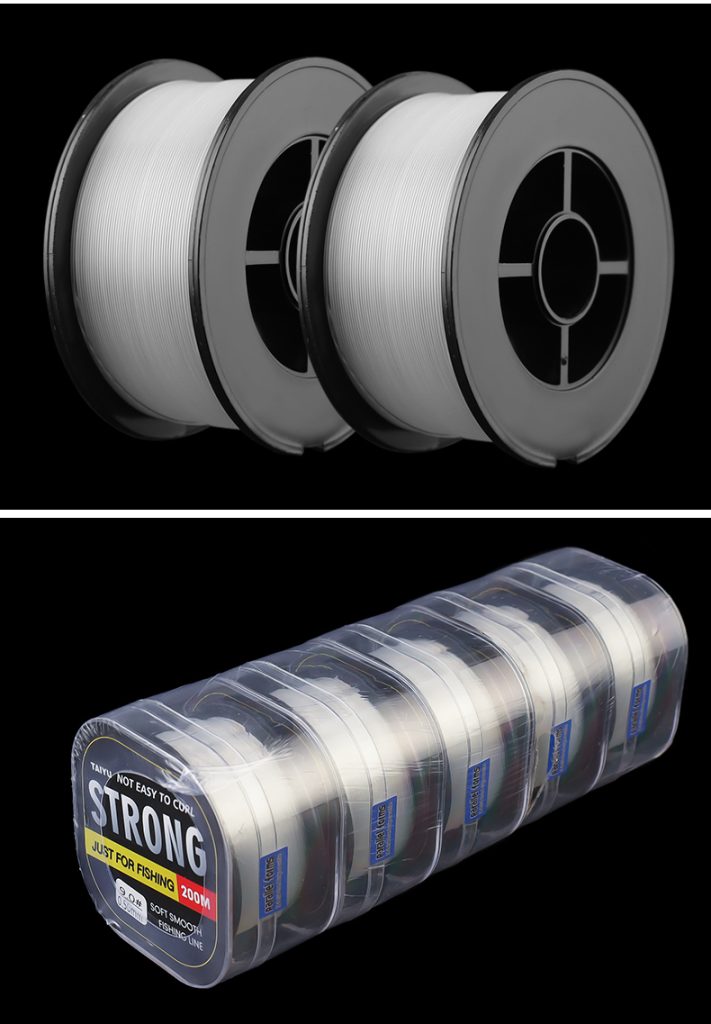Table of Contents
How Long Does Braid Fishing Line Last?
Braided fishing lines have revolutionized fishing with their strength, sensitivity, and durability. How long does braid fishing line last?However, as with any other piece of fishing gear, understanding its lifespan is critical to maximizing its performance and effectiveness. In this guide, we’ll take an in-depth look at how long does braid fishing line last, exploring the factors that affect its longevity, maintenance strategies to extend its use, and signs of when it needs to be replaced.
Factors affecting the life of braided fishing line:
Material Quality: The quality of the braided fibers used in the construction of a fishing line affects its durability and longevity.
Fishing Conditions: Exposure to sunlight, salt water and abrasive surfaces can accelerate wear.
Frequency of Use: Frequent fishing and heavy casting will weaken the line over time.
Knotting: Improper knotting techniques or sharp edges can weaken the line’s stress points.
Storage: Improper storage, such as in direct sunlight or at high temperatures, can reduce the performance of the line.




Maintenance tips to extend the life of braided fishing line:
RINSE AFTER USE: Rinse your line with fresh water after each fishing trip to remove salt, dirt and debris.
CHECK FOR WEAR: Check your line for signs of scuffing or fraying, especially near knots or guide eyes.
AVOID OVEREXPOSURE: Store your fishing line in a cool, dry place out of direct sunlight and extreme temperatures.
Use quality knots: Learn and practice proper knot tying to minimize stress on your line.
ROTATE THE SPOOL: Rotate the line on the spool periodically to evenly distribute wear over its entire length.
REPLACE DAMAGED SECTIONS: Cut and replace damaged sections of fishing line to prevent breakage during fishing.
Signs that it is time to replace braided fishing line:
Visible Damage: Visible signs of wear, such as fraying, scuffing or discoloration, indicate the need for replacement.
Reduced sensitivity: Reduced sensitivity or responsiveness in detecting fish bites may indicate line fatigue.
Slipping Knots: Difficulty in tying knots or repeated tying of knots may indicate that the integrity of the line has been weakened.
Increased Line Breaks: An increase in the number of line breaks during casting or fighting a fish may signal line fatigue.
MEMORY EFFECT: Excessive crimping or “memorizing” of fishing line, especially after prolonged storage, can affect casting distance and accuracy.
Determine the life expectancy of braided fishing line:
MANUFACTURER’S RECOMMENDATIONS: Refer to the manufacturer’s life expectancy guidelines based on materials and usage.
PERSONAL OBSERVATIONS: Regularly check the line for signs of wear and monitor its performance during fishing.
PRE-EMPTIVE: Exercise caution and be proactive in replacing line if there is any doubt about the integrity of the line in order to avoid surprises during fishing.
KEEP RECORDS: Record the date the line was installed and observations of its condition over time.
Summarize:
The longevity of braided fishing line depends on a number of factors, including the quality of materials, fishing conditions, and maintenance practices. By understanding these factors and implementing proper care and maintenance procedures, anglers can extend the life of braided fishing line and ensure its optimal performance on the water. Regular inspections, proactive replacement and adherence to manufacturer’s recommendations are key to maximizing the value and effectiveness of braided fishing line for successful angling adventures.
We are a Chinese fishing tackle manufacturer with 18 years of experience, we are able to meet any of your fishing and tackle sourcing and customization needs, please feel free to contact us! Please submit the form and our team will contact you shortly!
